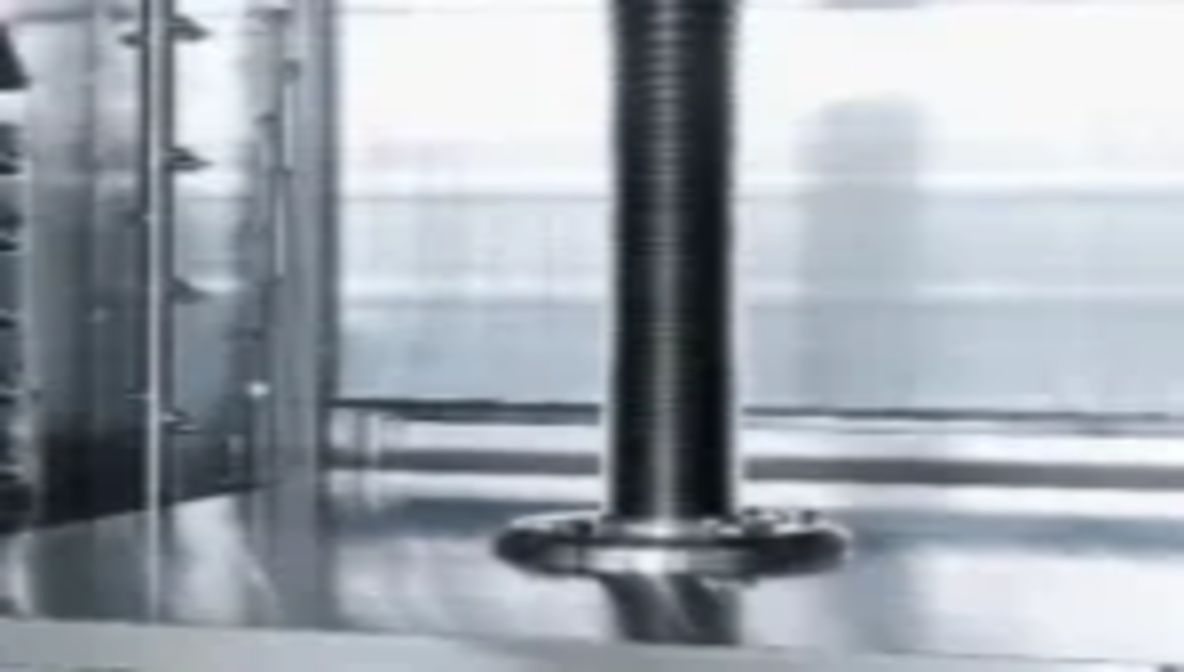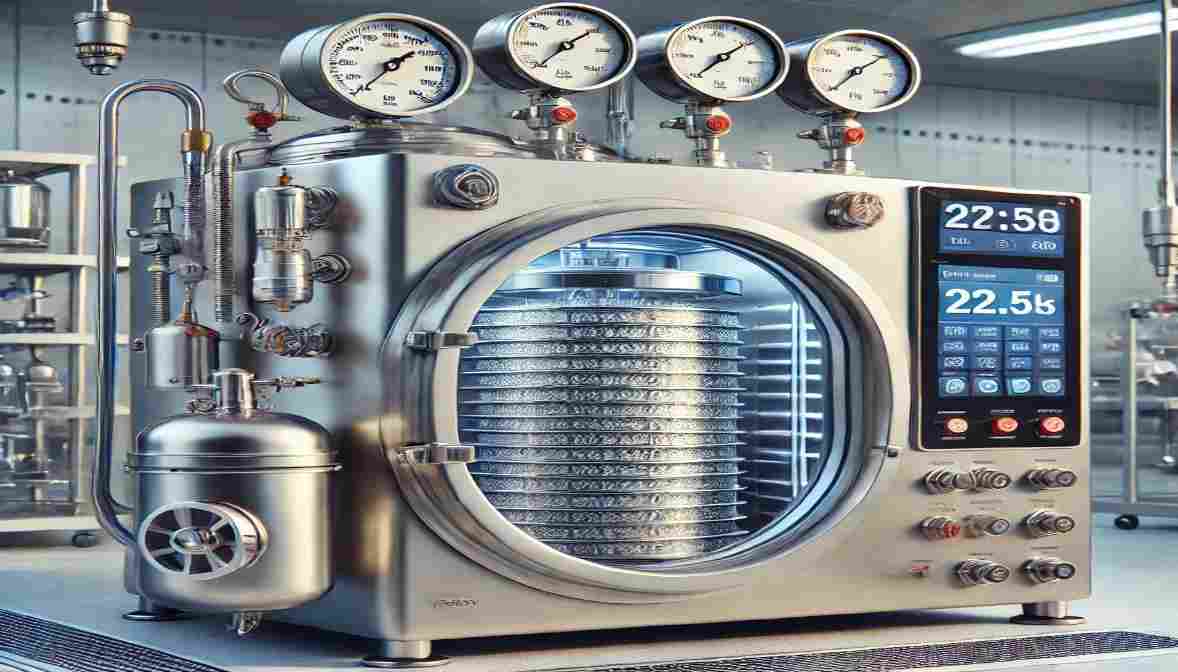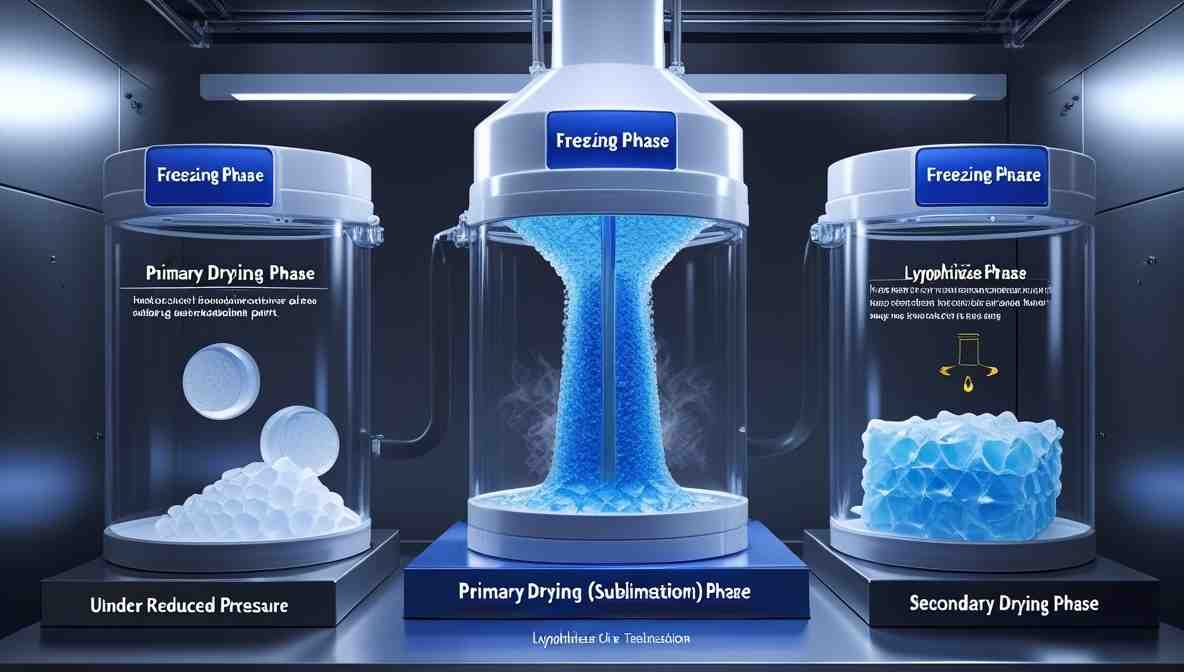Vacuum Chamber Lyophilization, commonly known as freeze-drying, is a critical process in the pharmaceutical, food, and biotechnology industries. It involves the removal of moisture from products by freezing them and then sublimating the ice under a vacuum. The vacuum chamber plays a crucial role in this process, ensuring controlled environmental conditions to achieve optimal drying efficiency and product stability.
The Role of the Vacuum Chamber in Lyophilization.

The vacuum chamber in a freeze dryer is responsible for maintaining the necessary low-pressure environment that facilitates sublimation. By reducing pressure, the boiling point of water decreases, allowing ice to transition directly to vapor without passing through the liquid phase. This helps in preserving the structural integrity, potency, and shelf life of sensitive products
Key Phases of Lyophilization in a Vacuum Chamber
- Freezing Phase: The product is cooled to a temperature below its eutectic or glass transition point. Proper freezing is crucial to avoid issues like temperature overshoots during lyophilization, which can impact product quality.
- Primary Drying (Sublimation) Phase: Under reduced pressure, ice sublimates, leaving behind a porous structure. The vacuum chamber must be tightly sealed and undergo periodic vacuum performance verification to ensure efficiency.
- Secondary Drying Phase: Residual moisture is removed by applying controlled heat, ensuring the final product meets the required stability standards.
Importance of Vacuum Chamber Performance Verification
Regular freeze dryer performance verification is essential to detect potential failures, such as refrigerant compressor issues or vacuum leaks. Any deviation in pressure regulation can compromise drying efficiency, leading to prolonged cycles or incomplete moisture removal.
Common Challenges in Vacuum Chamber Lyophilization
- Vacuum Leaks: A compromised vacuum can lead to inefficiencies. Conducting a freeze-drying unit leak test helps identify potential breaches.
- Compressor Failures: Malfunctioning compressors can lead to excess temperature issues, affecting the chamber’s ability to maintain optimal pressure.
- Inconsistent shelf temperatures: Uneven heating and cooling rates can impact product uniformity. Regular shelf heating and cooling rate verification is crucial.
Enhancing Efficiency in Vacuum Chamber Lyophilization
To optimize lyophilization performance, industries are implementing new improvements in lyophilization services. These include:
- Advanced vacuum monitoring systems for real-time pressure regulation.
- Enhanced automation to reduce human intervention and errors.
- Integration of smart sensors for early failure detection and prevention.
Conclusion
Vacuum chamber lyophilization is a precise and controlled process essential for producing high-quality freeze-dried products. Ensuring proper vacuum conditions through regular lyophilizer cleaning validation and freeze dryer troubleshooting can prevent operational failures and enhance efficiency. By implementing best practices, manufacturers can achieve superior product stability and consistency in freeze-drying applications.
Frequently Asked Questions (FAQs)
1. What is the role of a vacuum in lyophilization?
The vacuum in lyophilization lowers the pressure within the freeze-drying chamber, allowing ice to sublimate directly into vapor without passing through the liquid phase. This preserves product structure and extends shelf life.
2. Can you use a vacuum chamber for freeze drying?
Yes, a vacuum chamber is a fundamental component of freeze drying. It helps maintain the low-pressure environment needed for effective sublimation and moisture removal.
3. What is the process of a vacuum chamber?
A vacuum chamber operates by creating a low-pressure environment to facilitate controlled sublimation. In freeze drying, it enables ice to transition directly to vapor, ensuring efficient moisture removal while preserving product integrity.
4. What is the difference between lyophilization and vacuum drying?
Lyophilization (freeze drying) involves freezing a product and then sublimating the ice under vacuum conditions, preserving its structure. Vacuum drying, on the other hand, removes moisture from a product at low pressure without freezing, often resulting in a different texture and stability outcome.

